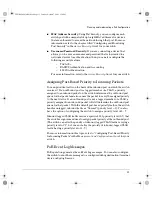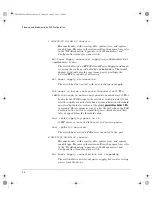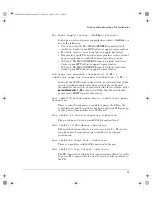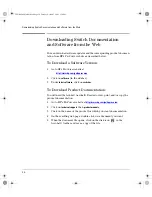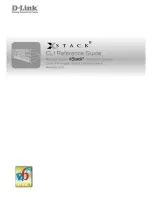
!!PWRxFish-Final01.book Page 2 Tuesday, October 7, 2003 1:58 PM
Terminology
■
Enable or disable PoE operation on individual ports. (In the default
configuration, the switch enables PoE on all 10/100-TX ports, subject
to PoE priority in the case of oversubscription of PoE resources.)
■
Monitor PoE status and performance on the switch
Related Publications
This supplement introduces general PoE operation, PoE configuration and
monitoring commands, and Event Log messages related to PoE operation on
the HP ProCurve Switch 2626-PWR and 2650-PWR devices. The following two
manuals provide further information:
■
For information on installing the HP ProCurve Switch 2626-PWR and
2650-PWR, refer to the
Installation and Reference Guide
provided
with the switch.
■
To help you plan and implement a PoE system in your network, refer
to the
Planning and Implementation Guide
for the Switch 2600-PWR
series, which is available from either of the following sources:
•
The Documentation CD-ROM (version 3.5 or greater) shipped with
your Switch Series 2600-PWR device
•
The HP ProCurve website at
http://www.hp.com/go/hpprocurve
. (Click
on
technical support
, then
product manuals
.)
Terminology
Term
Use in this Manual
active PoE port
A PoE-enabled port connected to a PD requesting power.
priority class
Refers to the type of power prioritization where the switch uses Low (the
default), High, and Critical priority assignments to determine which
groups of ports will receive power. Note that power priority rules apply
only if PoE provisioning on the switch becomes oversubscribed.
EPS
External Power Supply; for example, an HP 600 RPS/EPS. An EPS device
provides power to provision PoE ports on a switch. See also "RPS", below.
MPS
Maintenance Power Signature; the signal a PD sends to the switch to
indicate that the PD is connected and requires power. Refer to figure 3
on page 12.
2

















